Charge And Discharge Design of Low Temperature Battery
Many battery users do not know that consumer-grade lithium-ion batteries cannot be charged below 0 °C. Although the battery pack appears to be charging normally, metallic lithium plating may occur on the anode during low-temperature charging. This plating is permanent and will not be eliminated with the charge cycle. Lead-acid batteries also have the risk of freezing the electrolyte, which can cause the shell to rupture.
Safety hazards in batteries at low temperatures
In the face of the safety hazards of batteries at low temperatures, what problems should you pay attention to when designing engineers? Fast charging of most batteries is limited to between 5 ° C and 45 ° C. For best charging results, consider reducing the temperature range to between 10 ° C and 30 ° C because of oxygen and hydrogen-like nickel-based batteries. Recombination ability will be reduced. If the battery is charging too fast, the pressure in the battery will increase, causing a discharge. When the charging temperature is lower than 0 ° C, it is very important to reduce the charging current of all nickel-based batteries to 0.1 C. ("C" definition: If the battery capacity is 1000mAh, "C" is defined as discharging 1000mA in 1 hour. For more information, please click: High-rate battery.) Nickel-based charger with a negative voltage (NDV) full-charge detection provides some protection when charging at low temperatures: When the low temperature simulates a fully charged battery, the charging acceptance rate is poor. This is partly due to the accumulation of high pressure due to a decrease in gas recombination ability at low temperatures. The increase in pressure and voltage drop at full charge appear to be accompanied.
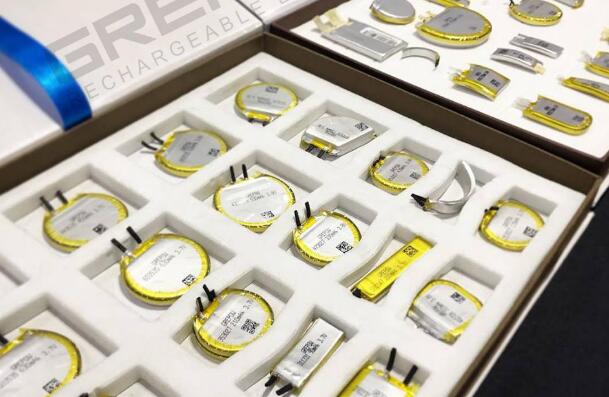
In order to be able to charge quickly at all temperatures, some industrial batteries add a thermal blanket to heat the battery to the right temperature; the smart charger automatically adjusts the charging rate to the current temperature. Consumer electronics chargers do not have these features and end-users can only charge at room temperature.
Performance of different types of batteries at low temperatures
Lead-acid batteries
When it comes to extreme temperatures, lead-acid batteries are quite tolerant, as the battery batteries in our cars show. The recommended low-temperature charging rate is 0.3C, which is almost the same as normal. At a comfortable temperature of 20 ° C, the charging voltage at the start of charging is 2.41 V cells. At -20 ° C, the inflation threshold rose to 2.97V battery. Frozen lead-acid batteries can cause permanent damage. Always keep the battery fully charged, because, in the discharged state, the electrolyte becomes more like water, which is more likely to freeze than when it is fully charged. Leached lead-acid batteries tend to rupture, causing leaks if frozen; sealed lead-acid packages lose their effectiveness, and can only be supplied several times before the failure, and need to be replaced.
Lithium-Ion Battery
Lithium-ion batteries provide excellent charging performance at cooler temperatures and can be quickly charged over a temperature range of 5 ° C to 45 ° C. Below 5 ° C, the charging current should be reduced, and charging is not allowed at the freezing temperature. During charging, the internal cell resistance causes a slight temperature rise to compensate for some cold. The internal resistance of all batteries becomes higher in the cold. Many battery users do not know that consumer-grade lithium-ion batteries cannot be charged below 0 °C. Although the battery pack appears to be charging normally, metallic lithium plating may occur on the anode during low-temperature charging. This plating is permanent and will not be eliminated with the charge cycle. Lithium battery cells are more prone to failure if exposed to vibration or other stress conditions. Advanced chargers prevent lithium-ion batteries from charging below freezing temperatures. Progress is being made to charge lithium-ion batteries below freezing temperatures. For most lithium-ion batteries, charging is indeed possible, but at very low currents. According to the study, the allowable charging rate in the -30 ° C environment was 0.02 C. For example, a 2500mAh battery needs to be charged at 50mA at -30 °C. At such a low current, the charging time needs to be extended to more than 50 hours, which seems impractical, but in the oil and gas field in northern China. Keeping the Li-Ion battery pack ready and fully charged to control the pressure and other parameters in the pipe seems to work. Usually, these battery packs are used as backup power supplies.

The performance of all batteries at low temperatures drops dramatically; however, due to the increase in internal DC resistance during use, the resulting loss of efficiency can cause some warming effects. At -20 ° C, most batteries stopped working. Although the operating temperature of the nickel-cadmium battery can be reduced to minus 40 ° C, the allowable discharge is only 0.2 C. Lithium-ion batteries can operate at temperatures of -40 ° C, but can only operate at lower discharge rates. Charging at this temperature is not possible. With lead-acid batteries, there is a risk of electrolyte freezing, which can cause the casing to rupture. When fully charged, the lead-acid is more like water, and it freezes quickly when there is only a small amount of electricity.
Matching cells with the same capacity play an important role in discharging at low temperatures and heavy loads. Since the battery in the battery pack can never be perfectly matched, if the discharge is allowed to continue beyond the safe low battery cut-off point, a negative voltage potential may appear on the weaker battery in the multiple battery packs. This is called a battery core reversal, and a weak battery can become a permanent low point. The larger the number of cells, the greater the possibility of reversing the cell under load. Over-discharge at low temperatures and high loads is the main cause of battery-powered equipment failure.
If charged and discharged at a temperature significantly lower than -10 ° C, the battery capacity may also decrease, which coincides with lithium plating during charging. At these low temperatures, the extractable energy is also greatly reduced.
How to overcome the low-temperature restriction
So how do we solve the various problems mentioned above? The low-temperature battery developed by Grepow has broken through these technical limitations and can be used normally in low-temperature environments. Grepow low temperature shaped battery operating environment in the low-temperature range -40℃ to 50℃. Compared with traditional Li-Polymer batteries, it has broken through the discharge temperature limits of -20℃ to 60℃.
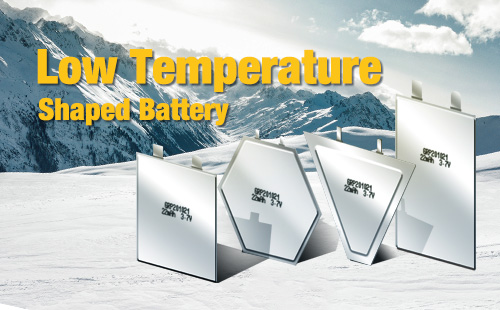
The low-temperature battery is a kind of special battery specially developed by Grepow, to overcome low-temperature defects inherent in the performance of chemical power supply. Grepow low temperature shaped battery adopts innovative design concept, advanced formulation system and materials, rigorous process manufacturing process and method, and overcomes many technical bottlenecks to develop low-temperature lithium battery series.
If you are interested in our products, please don’t hesitate to contact us at any time!
Email: info@grepow.com Grepow Website: https://www.grepow.com/
Related Articles
-
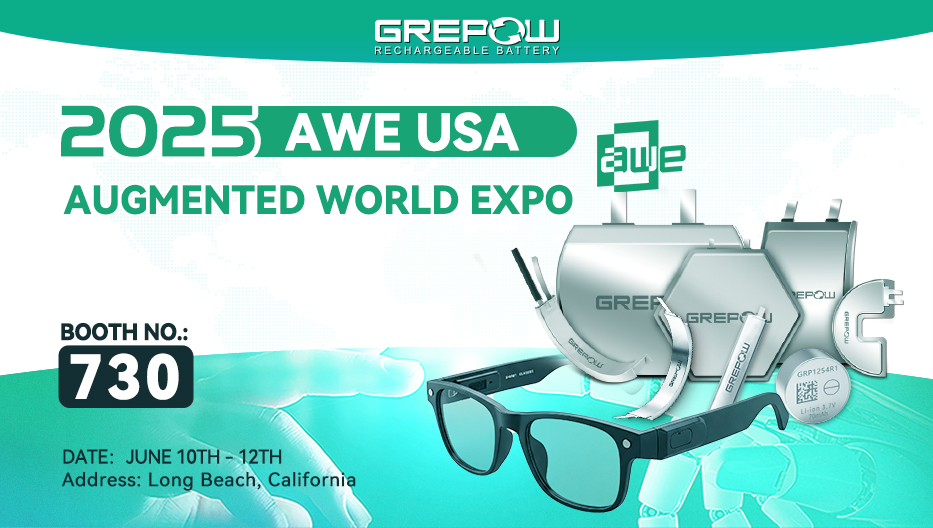
Powering the XR Revolution: Grepow’s Custom Battery Solutions at AWE USA 2025
2025-06-06 -
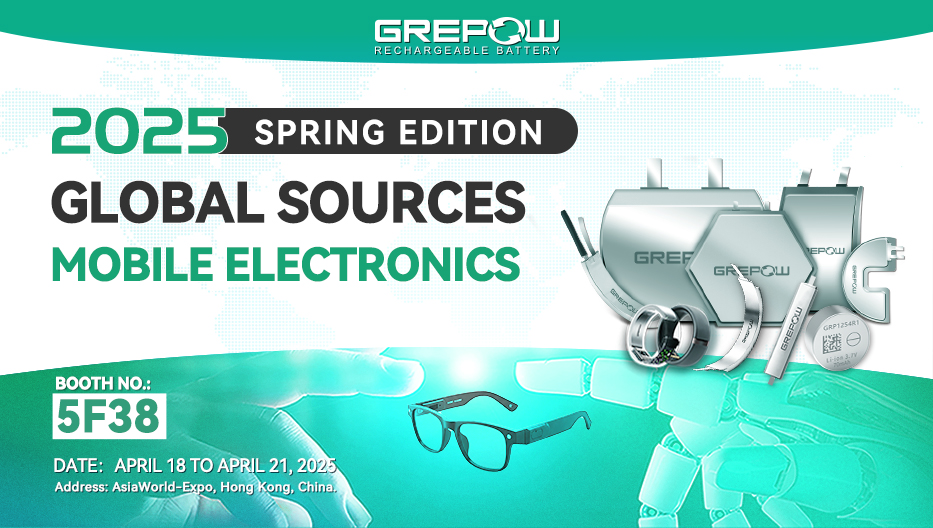
Join Grepow at the 2025 Global Sources Hong Kong Show
2025-04-08 -
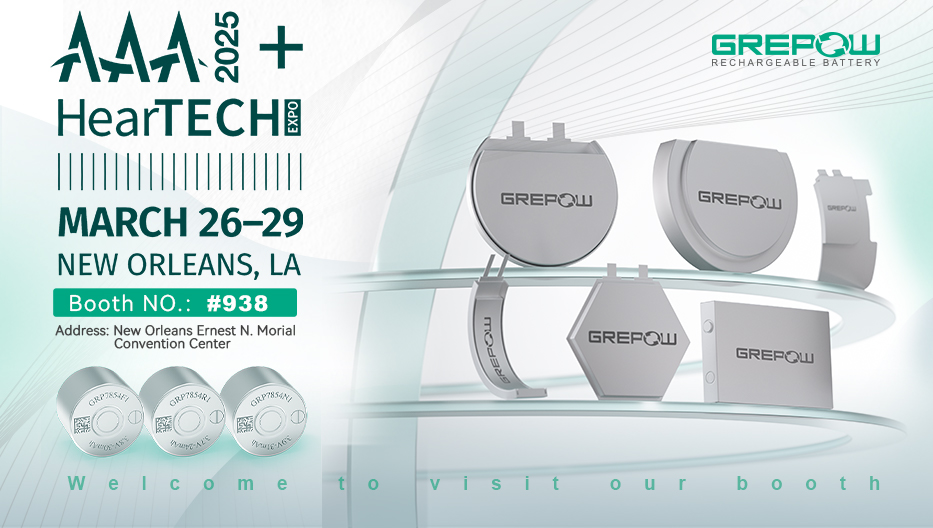
Join Grepow at AAA 2025+HearTECH Expo
2025-03-17
Related products
-
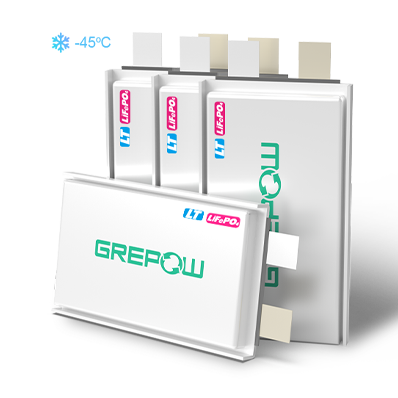
-40℃ Low Temperature LiFePO4 Battery
-
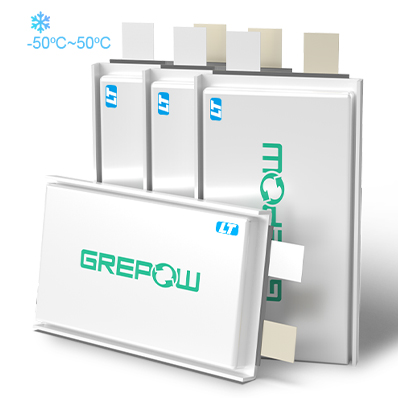
-50℃ to 50℃ Low Temperature Lipo Battery
-
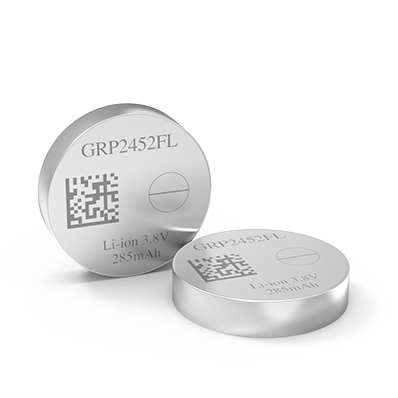
GRP2452FL Rechargeable Lithium-Ion Button Cell Battery
















































